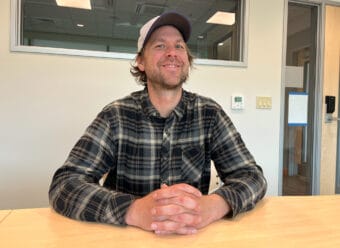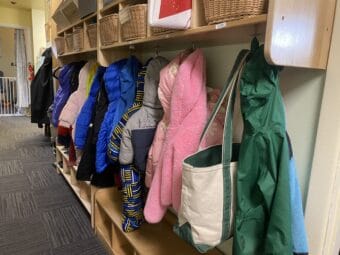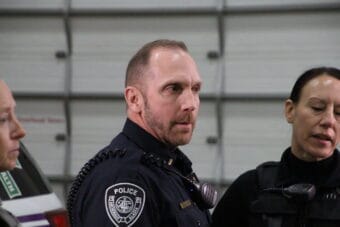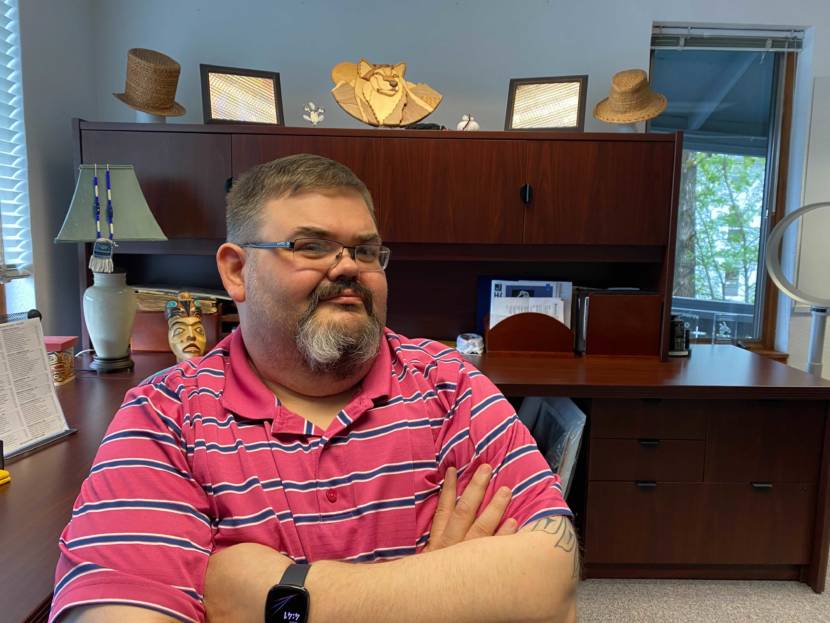
The Central Council of the Tlingit and Haida Indian Tribes already offers some social services, but it’s ready to expand. It launched the new Community and Behavioral Services Division this spring. The move marks a shift towards stronger tribal support for wellness.
Tlingit and Haida President Chalyee Éesh Richard Peterson says COVID-19 was the catalyst to creating a wellness division that’s been urged by the tribal delegation — that’s the legislative branch of the government — for years.
He said there’s been hesitancy to step into the wellness role because Southeast Regional Health Consortium and other medical providers already offer those services. But he says the demand is so great, that everyone needs to work together.
“For me, I’m not so worried about stepping on toes, step away, step on mine — we’ll figure it out. What we need to do is we need to jump in. We need to be doing this work,” he said.
Peterson says generational trauma — from colonization, residential schools and forced assimilation — underlies mental health and addiction challenges.
“That scar, that hurt, that trauma is passed down, you know, and you don’t even understand necessarily why. But it surfaces, and we want to take a more direct approach to working and providing the service to our citizens so that we can be the hand up, you know, we can be there,” Peterson said.
The new division will offer programs aimed at prevention, treatment and recovery, as well as providing regular mental health care to tribal citizens. The goal is to create a system of “wraparound services.”
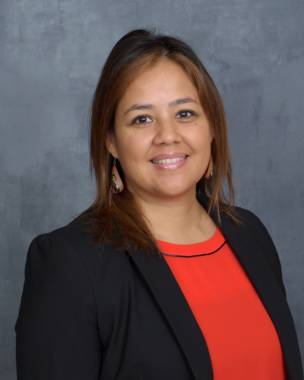
The tribe hired Dr. Tina Woods to lead the new division. She is a licensed clinical psychologist originally from St. Paul Island. She supported the administration with self care and mental wellness courses during the pandemic.
“I am a trained Western psychologist. However, I’ve also been trained by Alaska Native elders throughout the state. And to me, there’s nothing more powerful than blending two worlds together to provide the highest quality of services to our tribal citizens,” Woods said.
Woods earned her master’s degree and Ph.D. from the University of Alaska Anchorage and Fairbanks. The bulk of Woods’ career has been in the Alaska tribal health system, in both clinical practice and administration. Her studies and her work have a rural and Indigenous emphasis. She will lead the tribe’s existing programs but also expand the kind of care tribal members have been getting.
Woods says one of her main goals is to break down stigma around mental health issues and drug use so that people will seek help. And she says that while the pandemic caused a surge in cases of anxiety, depression and stress, it’s that same surge that has helped normalize the issues.
“As we all experienced this shared trauma of dealing with high stress of the unknown, unpredictable times, we can share that together and understand what anxiety really is. Grief is huge right now,” she said. “The pandemic has created a lot of grief in many ways. It has taken away our norm.”
Peterson says Dr. Woods’ clinical credentials speak for themselves, and he knows her focus on culture as a healer will keep the tribe moving in the right direction.
We updated to this story to include the name of the new division.
